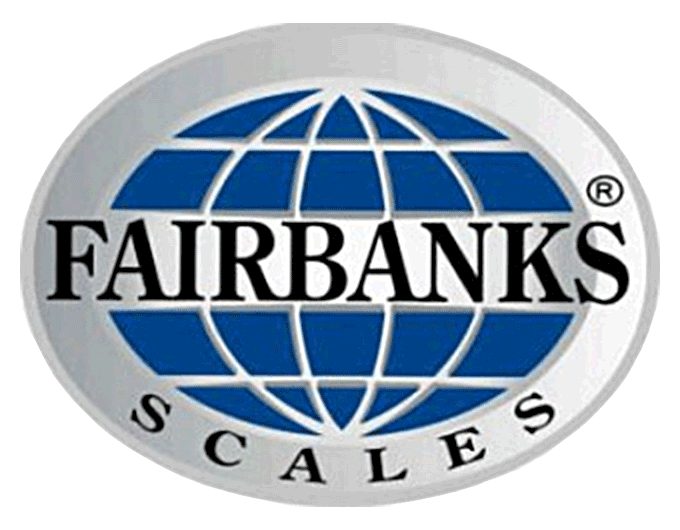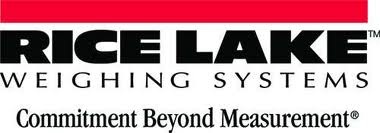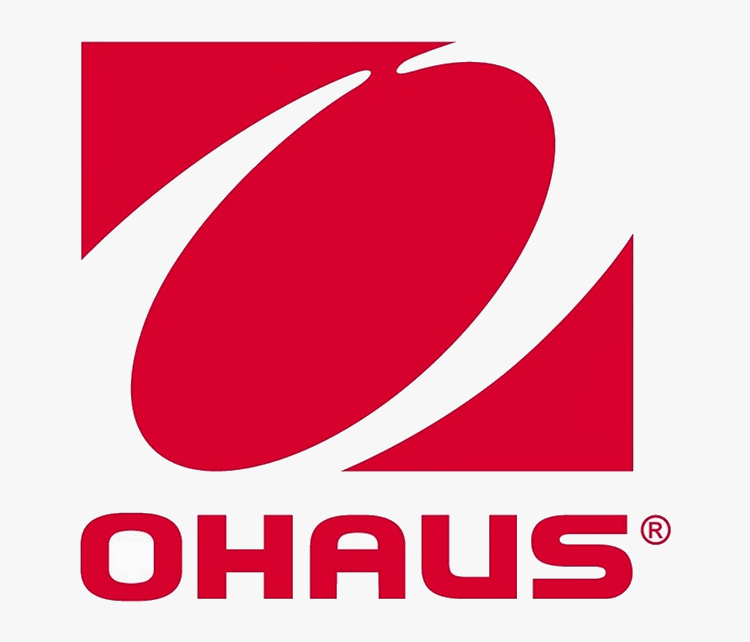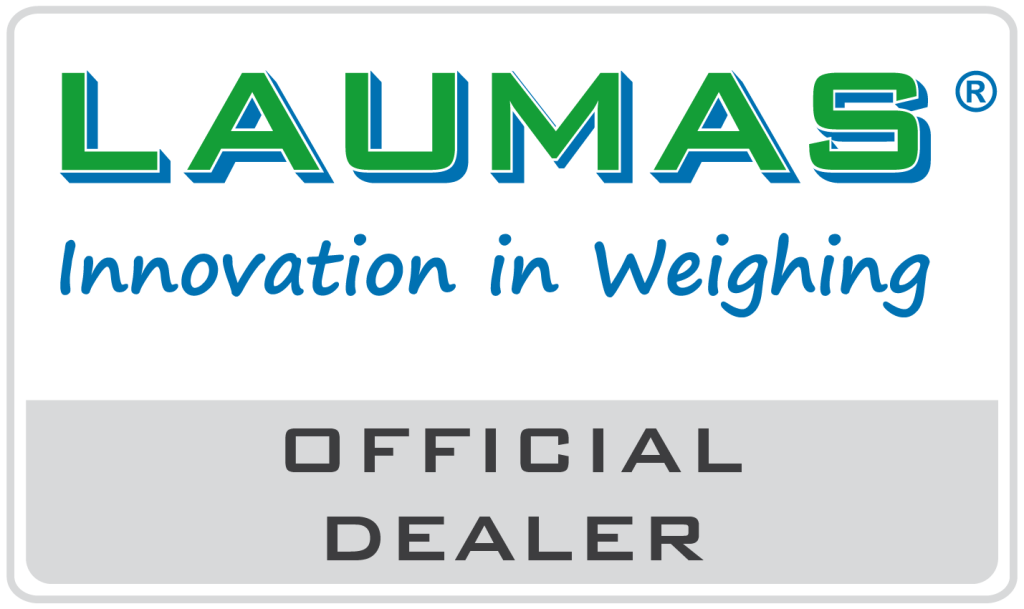I have a friend that owns a bakery. This is not your neighborhood bakery but an industrial bakery that makes cookies for one of the major theme parks in both Los Angeles and Orlando. His facility in Orlando has generated profits since the day it opened, however that is not the case for his Southern California plant. The plants are almost exactly the same, except the California Facility is bigger. The California facility has never generated positive revenue and is being supported by the Florida plant. In fact, last year the California plant lost $1 million dollars. I was blown away by this, and offered to help him find the problem. After a four hour plant inspection/investigation I helped him identify the problem. He had a thief working for him.
The thief wasn’t stealing money, but product. My friend had run production numbers against inventory and stock usage and found that he was bleeding almost 16% of his inventory. He had examined the production records and couldn’t find any discrepancy in units made versus units shipped. His examination of spoilage records found no problems. The problem had to be in the raw ingredients. Was somebody paying kickbacks to a supplier? Was an employee selling materials out the back door?
I found the thief within the first hour of my inspection.
The thief was giving away the ingredients and my friend could not fire him. He couldn’t call the police and have him arrested. He couldn’t even sue the thief and recover any of the stolen money. It was all gone, unrecoverable. Why couldn’t he fire him? Was he a family member or trusted friend? No, my friend couldn’t do anything because the thief was his very own processes.
While performing my inspection I noticed that my friend was checking the weight of every cookie that was made. His customer would not accept cookies that were under weight. As part of my friends quality checks he had purchased a scale that would weigh each cookie as it came off the packing line and reject any cookie that didn’t weigh enough. This type of scale is called an in motion check weigher, and can be set to reject a product that weighs too much or too little. As I watched the machine run, I noticed that all of the cookies were over weight. Not just a small amount, but quite a bit. On a four ounce cookie they were averaging more than a half an ounce over weight per cookie. Soooo, he was giving away over half an ounce per cookie!
Lets get into some detail. His bakery manufactures 7000 cookies a day by hand, and sells them for $4.99 each. When you visit the amusement park you pay $8.99 for one of his cookies. His plant runs five days a week fifty-two weeks a year with twenty days of vacation and holidays, so 240 days a year. His gross revenue on this one product is over $8.3 million a year. Now looking at his production numbers, he was charging $1.25 per ounce. The amount he was actually giving away was $0.79 per cookie. This doesn’t seem like much but he was giving away over $5,500 in potential revenue per day or about $110,000 a month.
He and his production team were so worried about losing their marquee customer that they had made sure that they never sent them an underweight cookie. Just to be sure that it wasn’t underweight, they were making their cookies just a little heavy. Being overcautious had cost my friend $1.3 million dollars in potential revenues. This is of course potential revenue, and doesn’t count production and material costs, but this revenue is gone. The cost of the materials was much less than the selling price of the final product, but adding a level of profit to the ingredients would have generated some amount of gross profit that would have offset his loss to some degree or another.
Many companies look at the services performed by their vendors as pure expense with no way to recover any revenue. This is an erroneous way to look at the relationship. My company Left Coast Scales, services and calibrates weighing equipment. When we find a scale that is out of calibration, we can’t tell how long it has been that way. We can set a limit to the amount of time it was off by looking at the last time we serviced it. The calibration interval is often set by regulatory or customer requirements. But are these intervals good enough for your company? Sometimes they are, but like my friend just having a scale is not enough. It has to be correct. To calculate the daily loss of revenue that can be caused by your scale, use the following formula.
E x N x C = Loss
where E=the amount your scale is off, N=the number of weighments you perform each day, and C=the cost of the ingredient being weighed.
To get the yearly loss multiply the daily loss by the number of work days your company has in a year.
I will give two examples to demonstrate the losses that can occur.
Example 1:
Customer 1 is a recycler and has a truck scale that is off 20 pounds. They purchase scrap steal at $200 per ton or $0.10 per pound. They weigh 10 trucks a day. They work 240 days a year. The state of California requires that the scale be checked once a year.
20 x 10 x $0.10 = $20 per day or $4800 a year
Example 2:
Customer 2 is a cosmetic company and uses a balance to weigh fragrances. The scale is off 0.1 grams. They use a fragrance that they purchase for $2 a gram and weigh out the product 100 times a day for their batching line. They work 220 days a year, and the FDA requires that the scales be checked twice a year.
0.1 x 100 x $2 = $20 a day or $2200 every six months.
My friend had put his company into the position of losing money by justifying to himself that it was better to give away a little product than to lose a customer. Many companies put themselves in this position by not weighing the cost of an inaccurate scale as compared to the cost of regular maintenance. They look at the cost of having a company come out and check their weighing devices and make a decision based on an immediate perception that the service is too expensive. In example #1 the typical scale service on a truck scale is going to be less than a $500 an inspection (depending on where you are located), and the usual error found while performing an inspection is much greater than 20 pounds (when an error is found). In example #2 there are usually many more scales than just the one weighing fragrances, but if that is the only scale being checked the price should be less than $200, and adding extra scales becomes a factor of either time, or price based on the number of devices. Time is based on how long does it take to calibrate all of the scales. My company usually calibrates 4 scales an hour and typical pricing is based on $70 to $140 per hour. Device pricing can vary from $25 a scale to $150 a scale depending on complexity and the company performing the service. Most of the time there is also a travel and equipment charge to get to the site.
When deciding to have your scales calibrated the cost of the inspection and calibration is an important factor, but it should be weighed against the cost of having an inaccurate scale that is stealing money from your business as well as regulatory and customer requirements.
When my friend realized the magnitude of the mistake he was making with his process he had me adjust his check weigher to reject product that weighed too much as well as too little, and sound an alarm when it did. The immediate feedback to his production people helped them with their portions and helped him to bring his production under tighter control.









